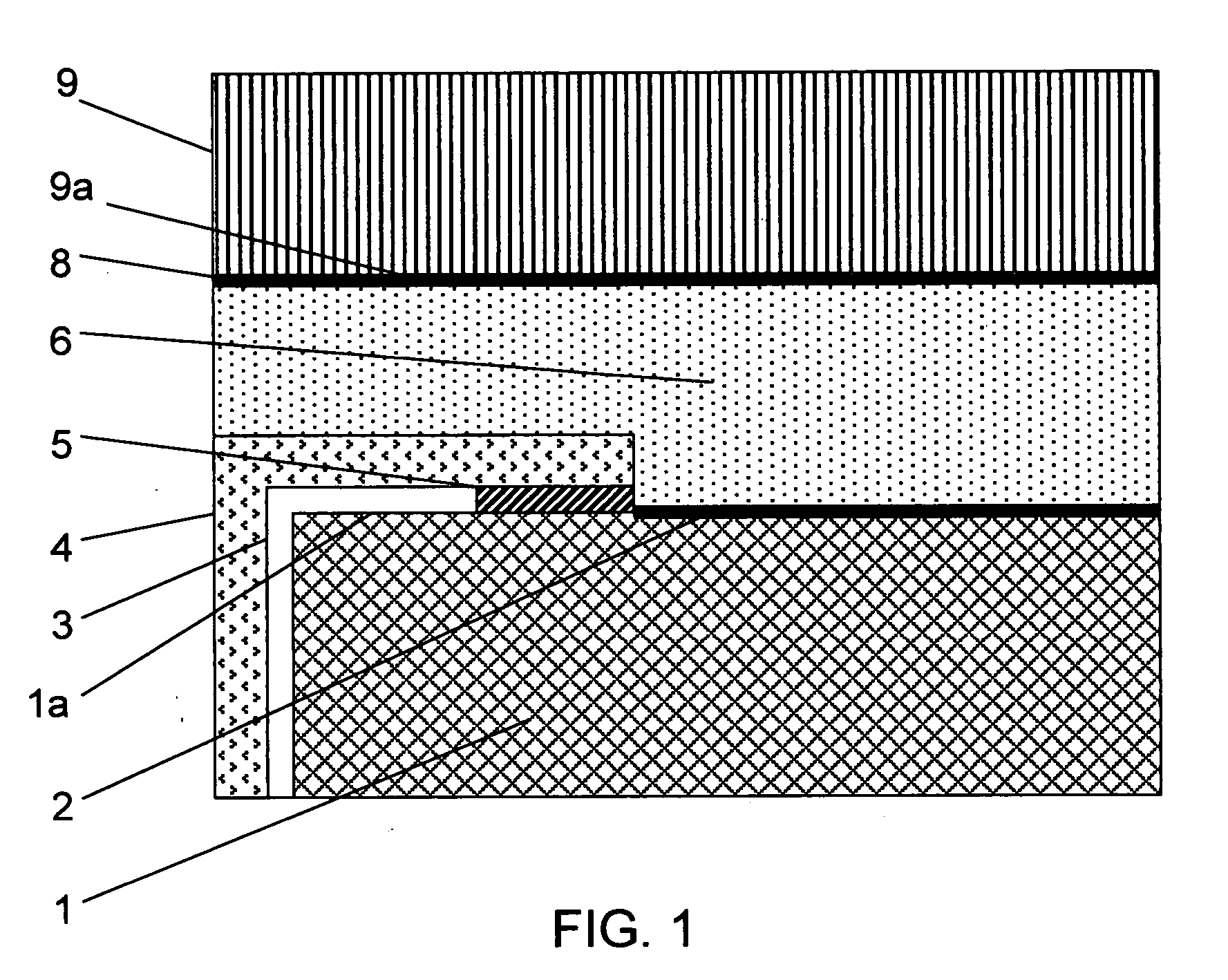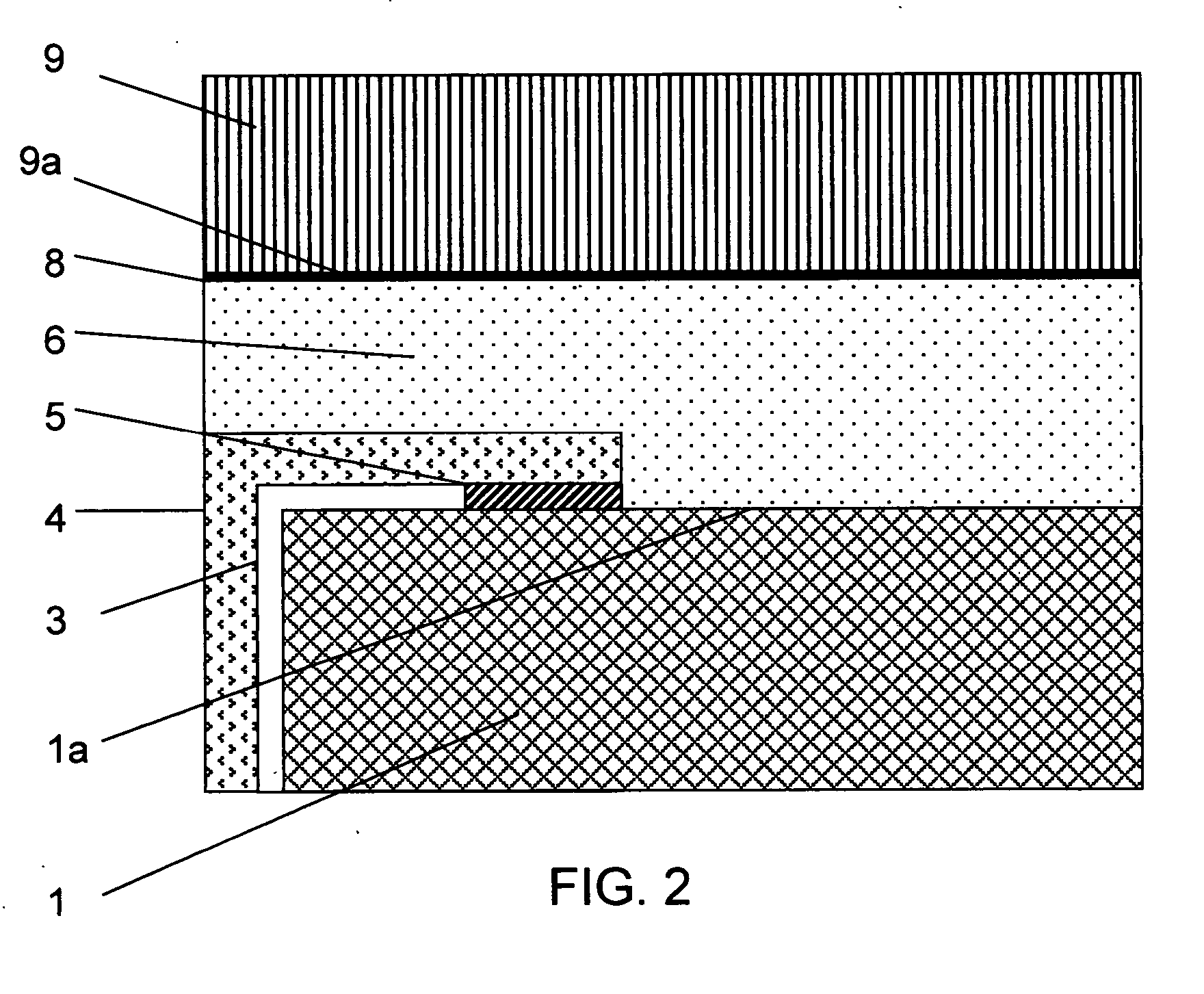High-strength optical bonding method using optical silicone as a bonding medium and pressure sensitive adhesive as an intermediate layer
a technology of optical silicone and bonding medium, which is applied in the field of adhesive bonding, can solve the problems of affecting the performance of the display device, affecting the display device, and the display device is difficult to view, and achieves excellent strength and substantial improvement of the bonding medium of optical silicone to polymer plasti
- Summary
- Abstract
- Description
- Claims
- Application Information
AI Technical Summary
Benefits of technology
Problems solved by technology
Method used
Image
Examples
Embodiment Construction
[0016] Generally, assemblies in accordance with the present invention include an information display device and a front cover wherein the front cover is attached to the information display device by a combination of a silicone bonding medium and at least one layer of a pressure sensitive adhesive layer. In accordance with the present invention, the pressure sensitive adhesive layer bonds well with both the silicone bonding medium and with other materials, such as, for example, a polymer plastic front cover panel.
[0017] Reference herein to “one embodiment”, “an embodiment”, or similar formulations, means that a particular feature, structure, operation, or characteristic described in connection with the embodiment, is included in at least one embodiment of the present invention. Thus, the appearances of such phrases or formulations herein are not necessarily all referring to the same embodiment. Furthermore, various particular features, structures, operations, or characteristics may ...
PUM
| Property | Measurement | Unit |
|---|---|---|
| pressure sensitive | aaaaa | aaaaa |
| pressure | aaaaa | aaaaa |
| Strength | aaaaa | aaaaa |
Abstract
Description
Claims
Application Information
 Login to View More
Login to View More - R&D
- Intellectual Property
- Life Sciences
- Materials
- Tech Scout
- Unparalleled Data Quality
- Higher Quality Content
- 60% Fewer Hallucinations
Browse by: Latest US Patents, China's latest patents, Technical Efficacy Thesaurus, Application Domain, Technology Topic, Popular Technical Reports.
© 2025 PatSnap. All rights reserved.Legal|Privacy policy|Modern Slavery Act Transparency Statement|Sitemap|About US| Contact US: help@patsnap.com



